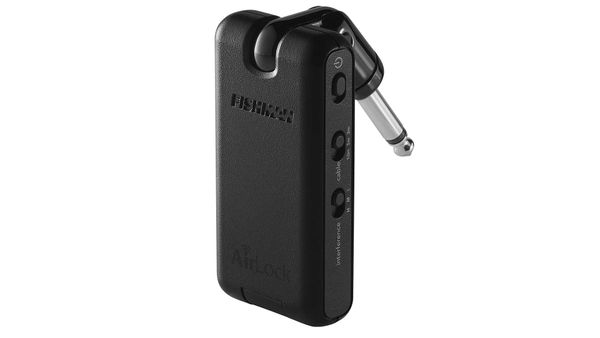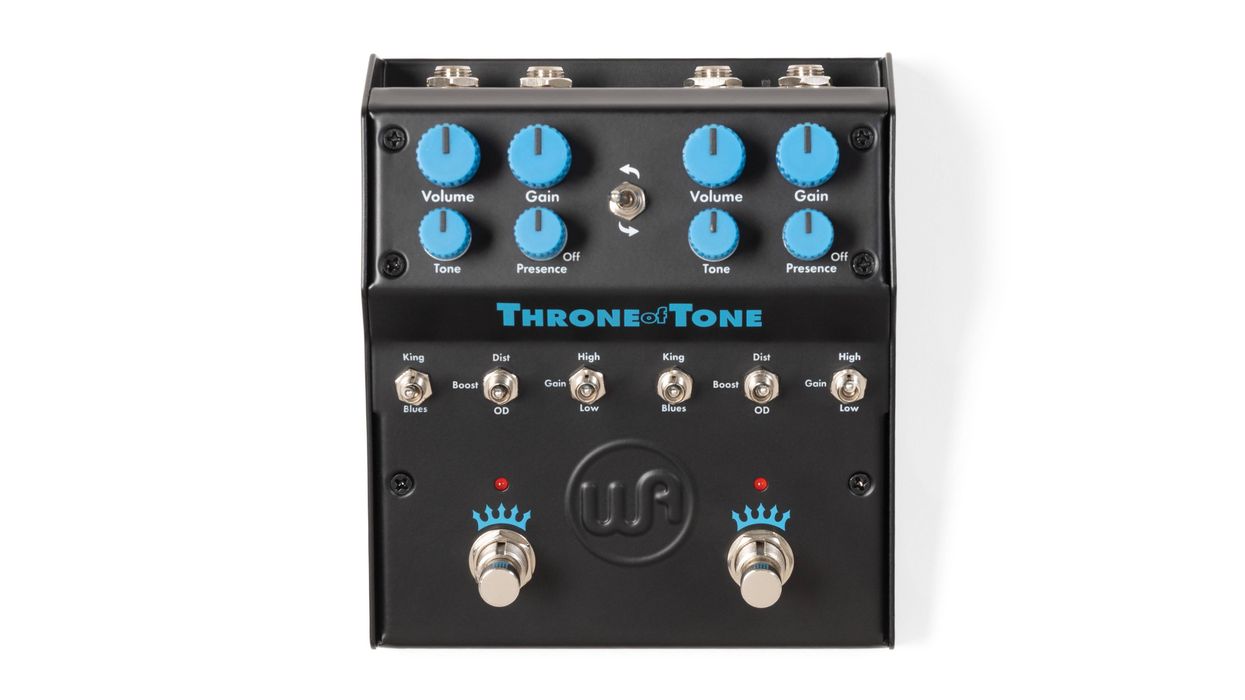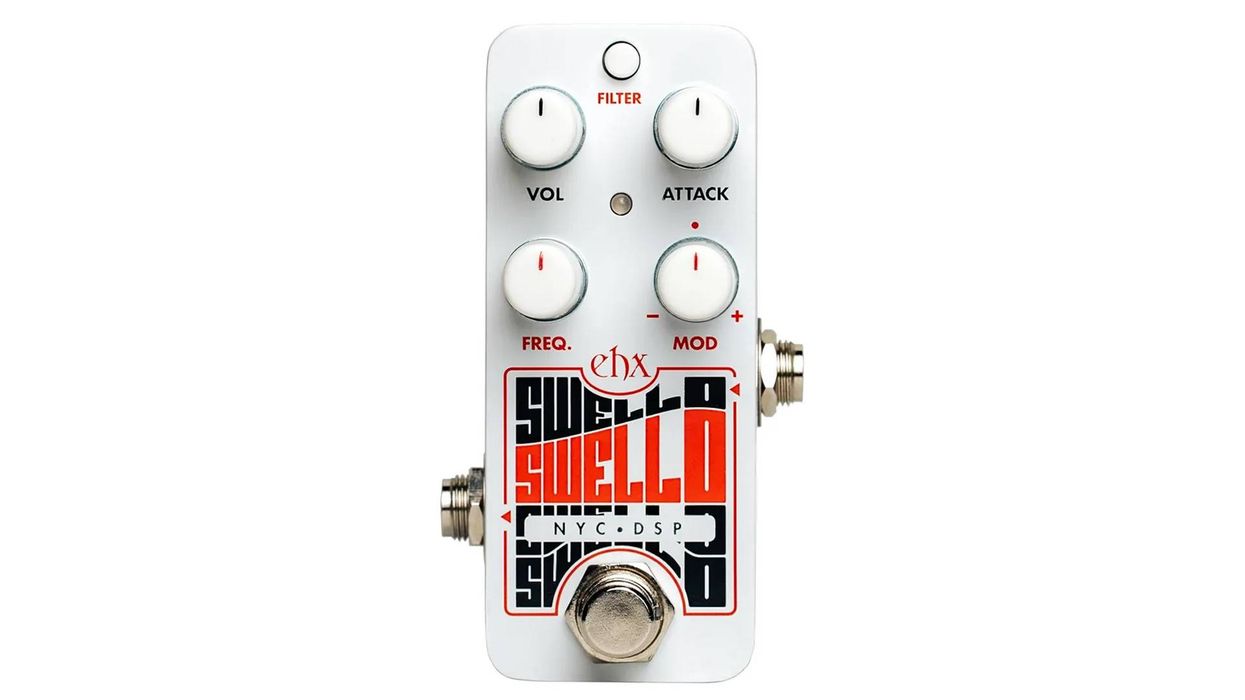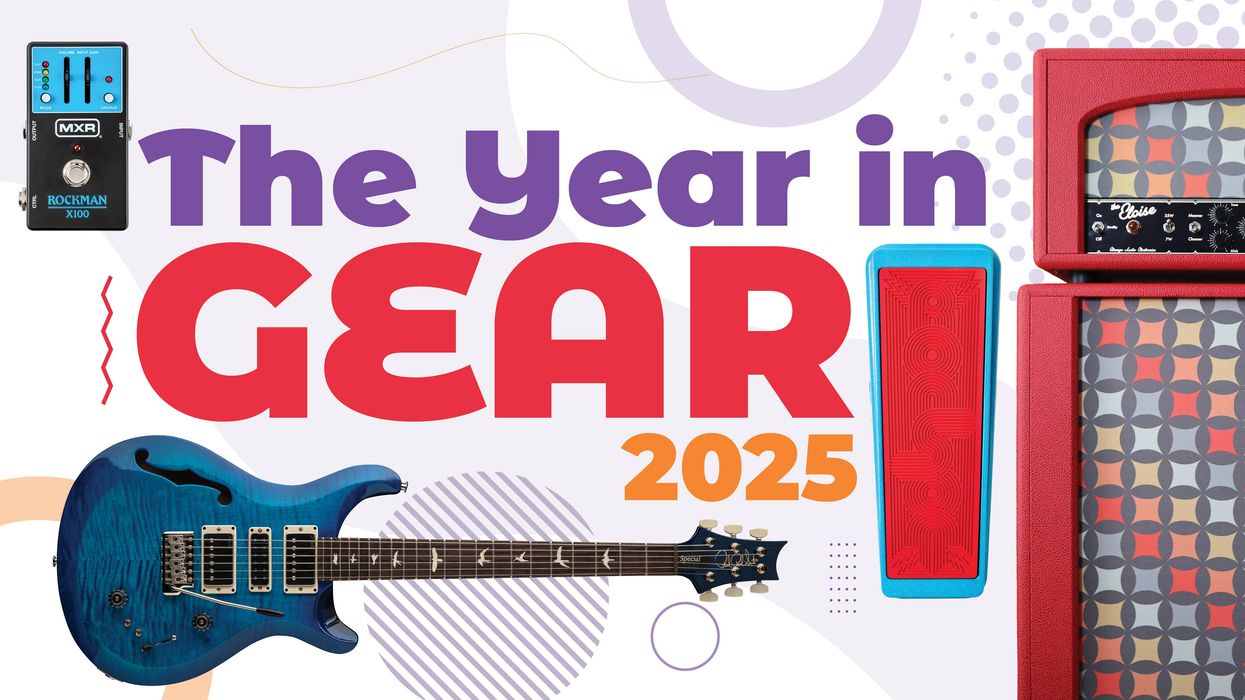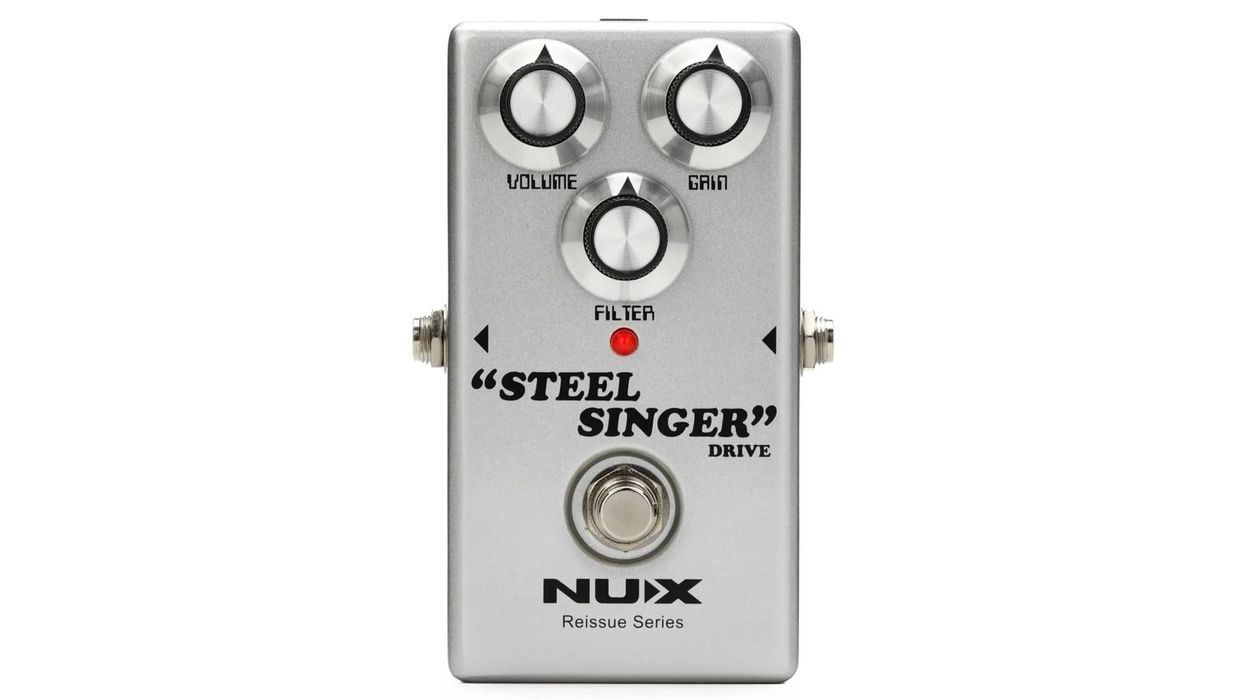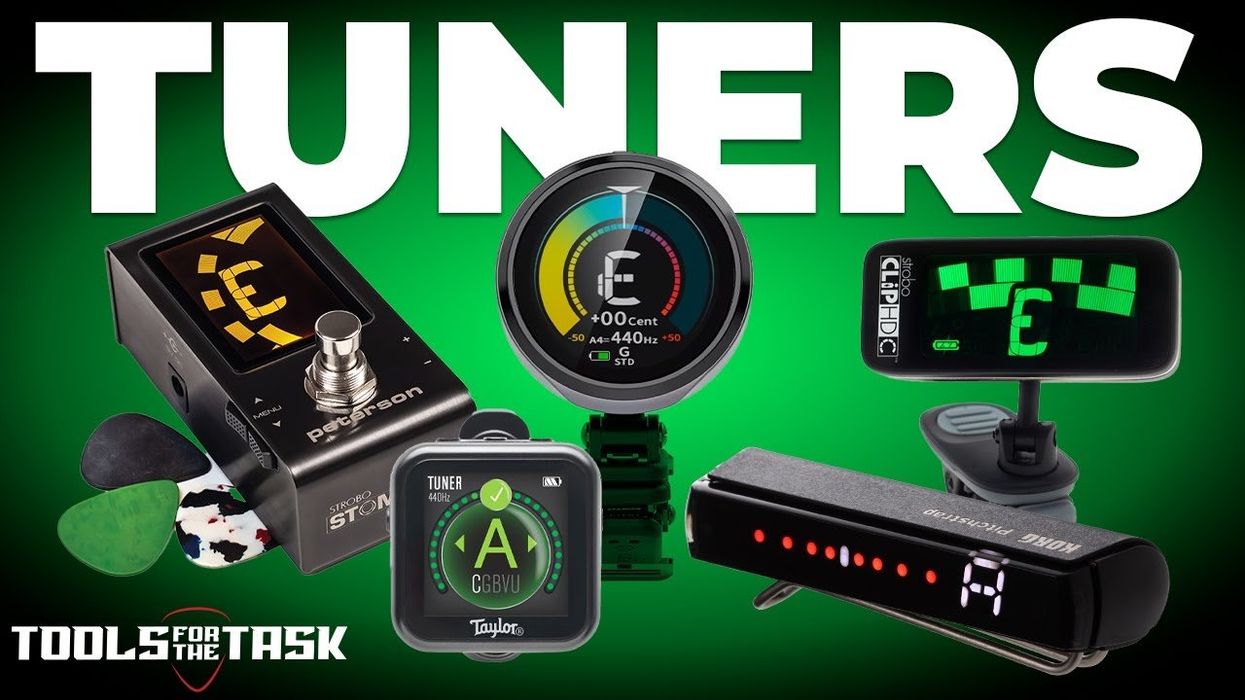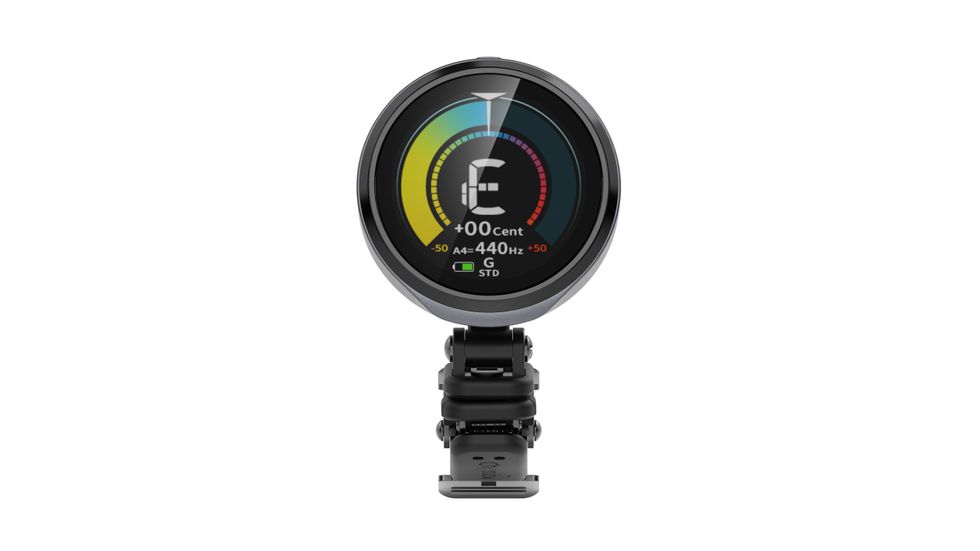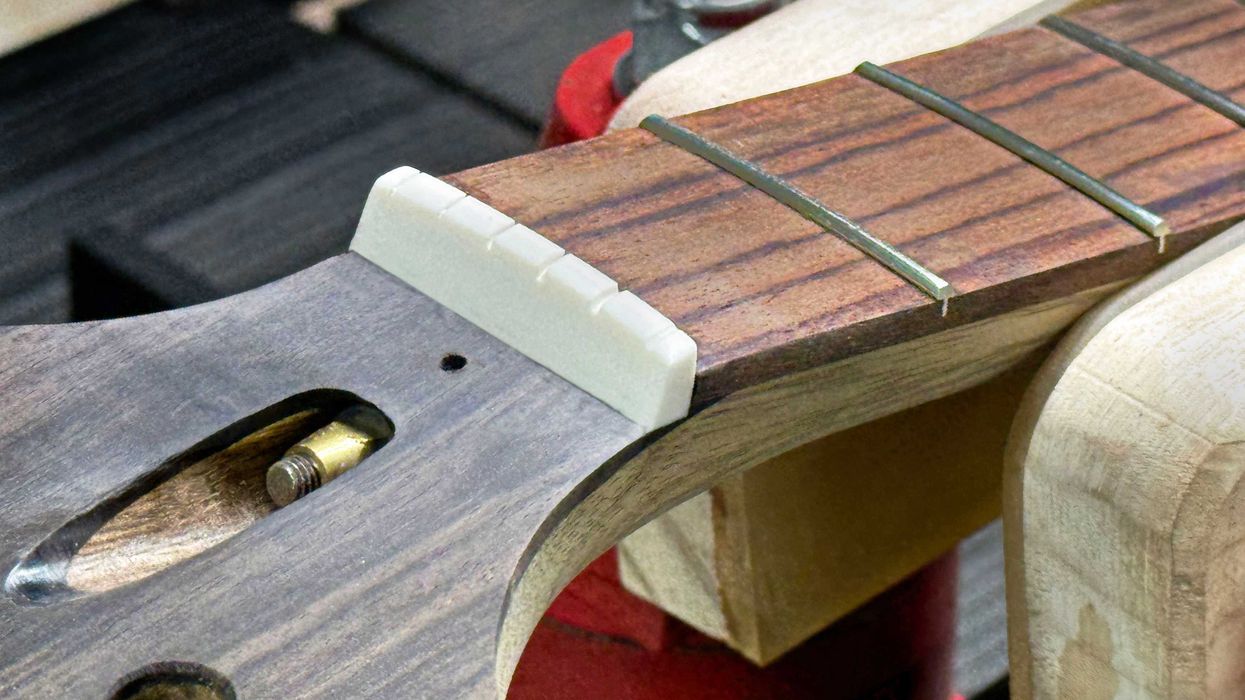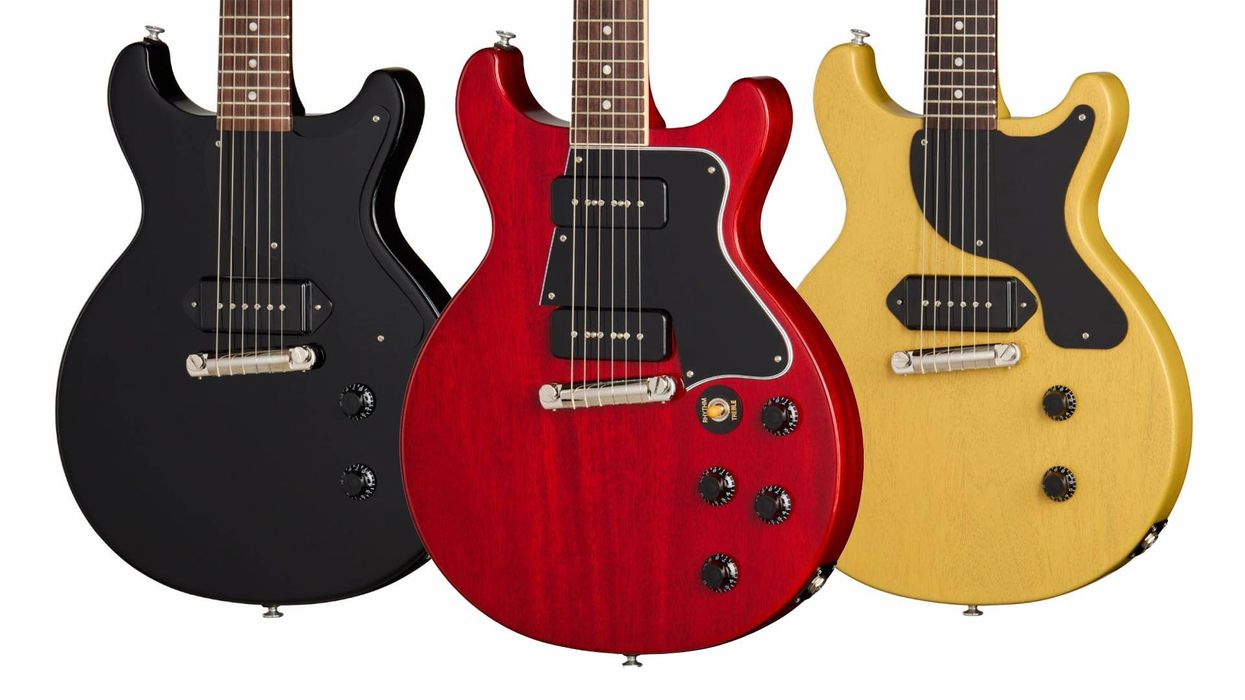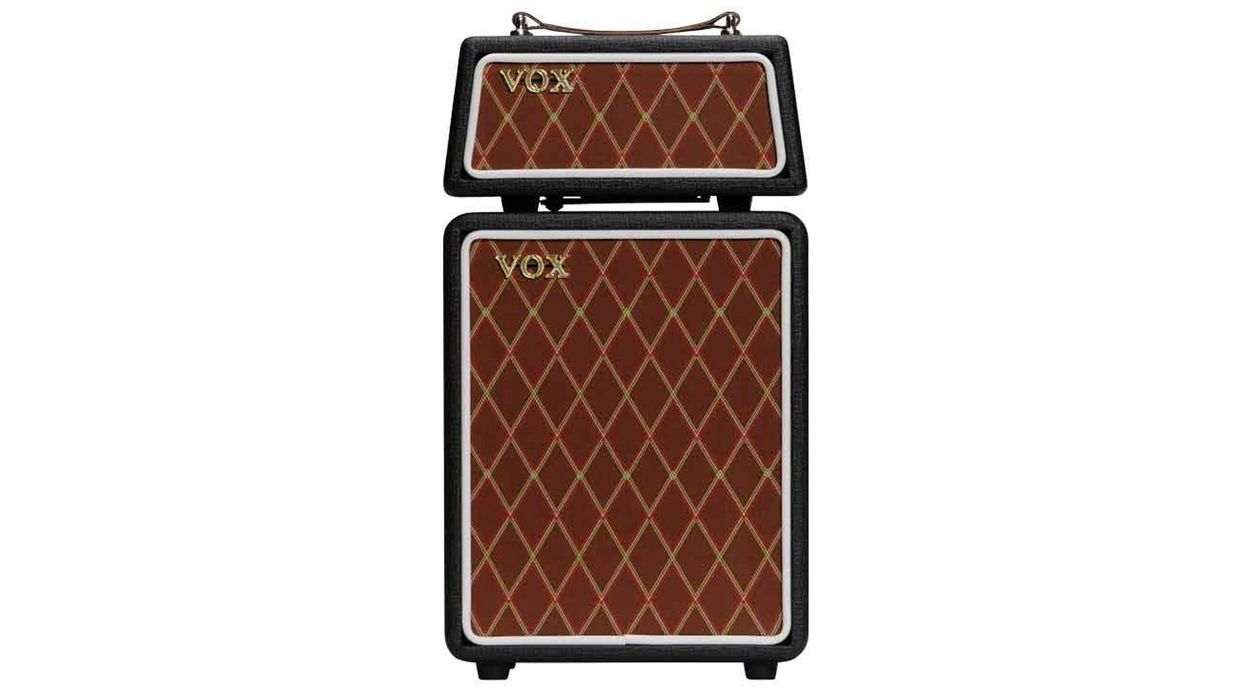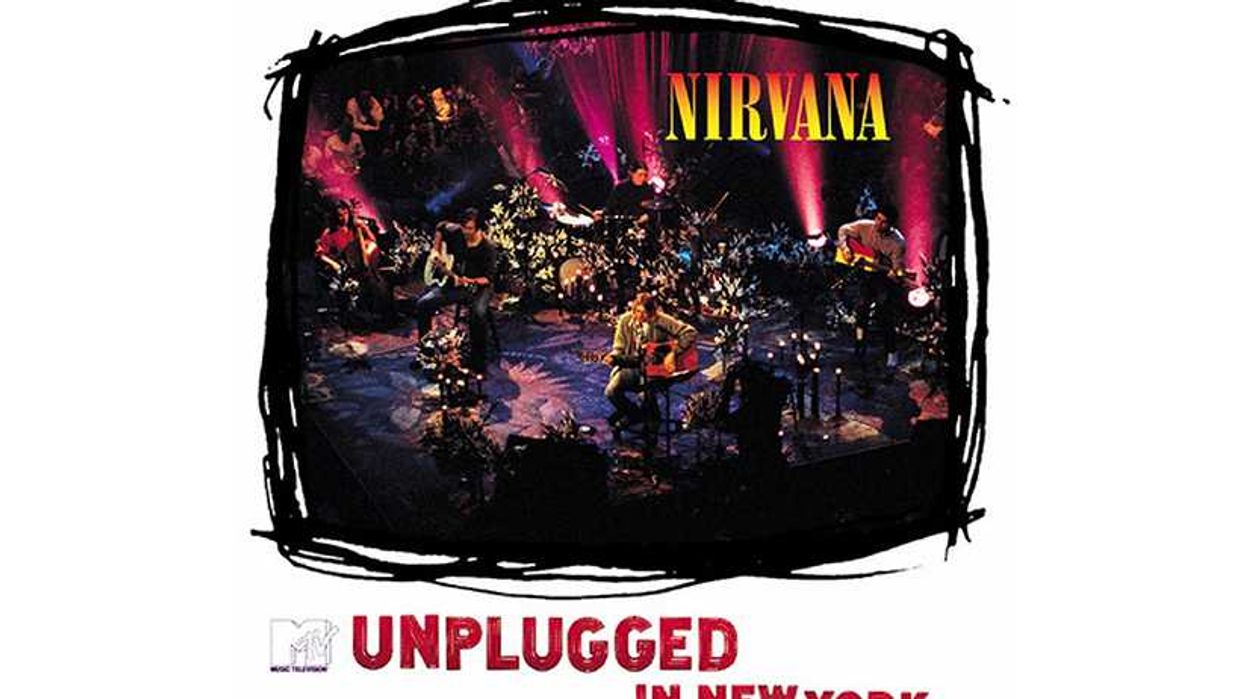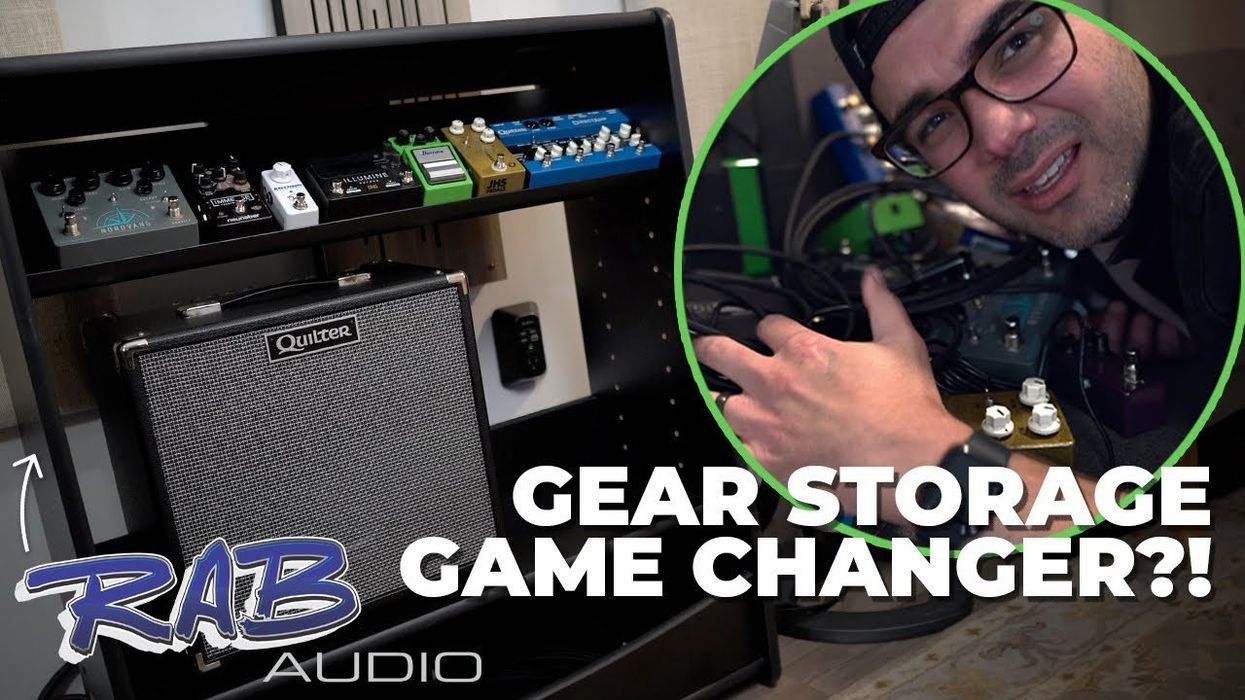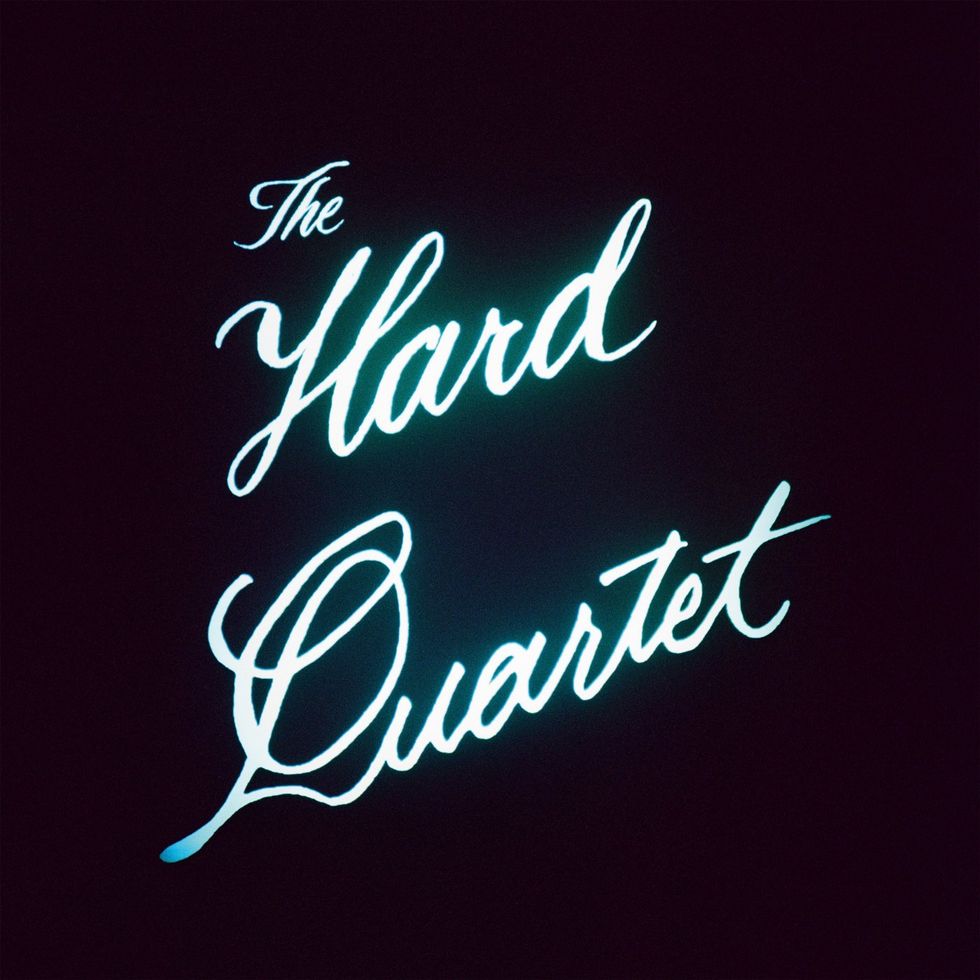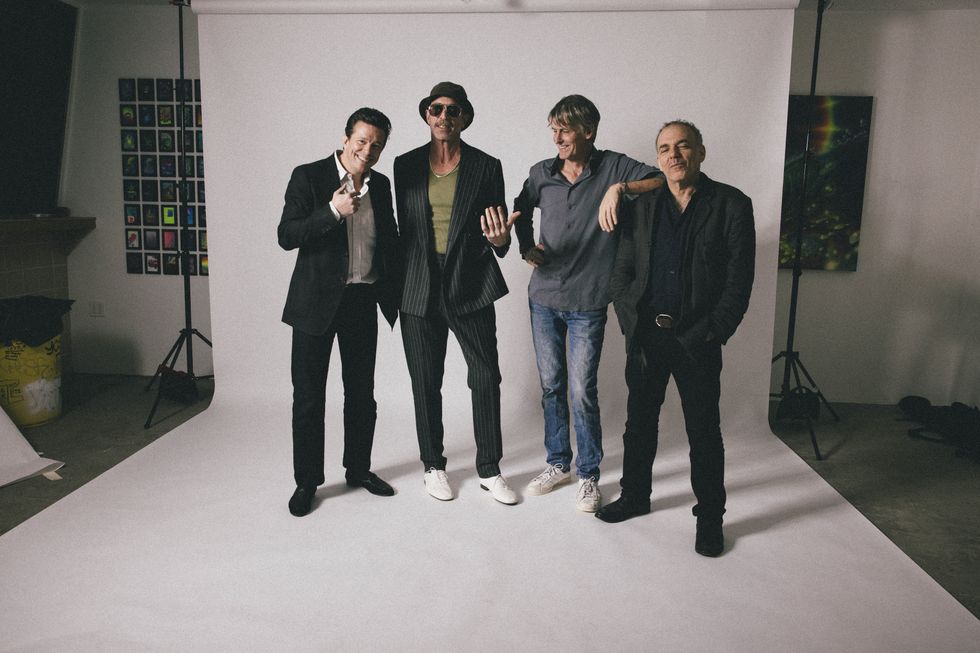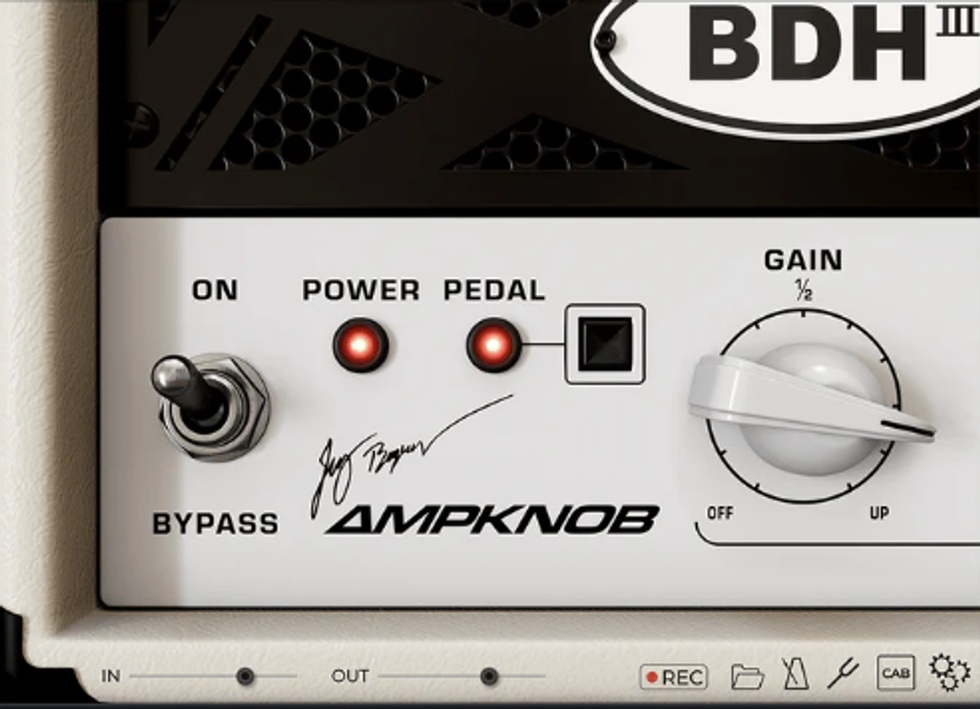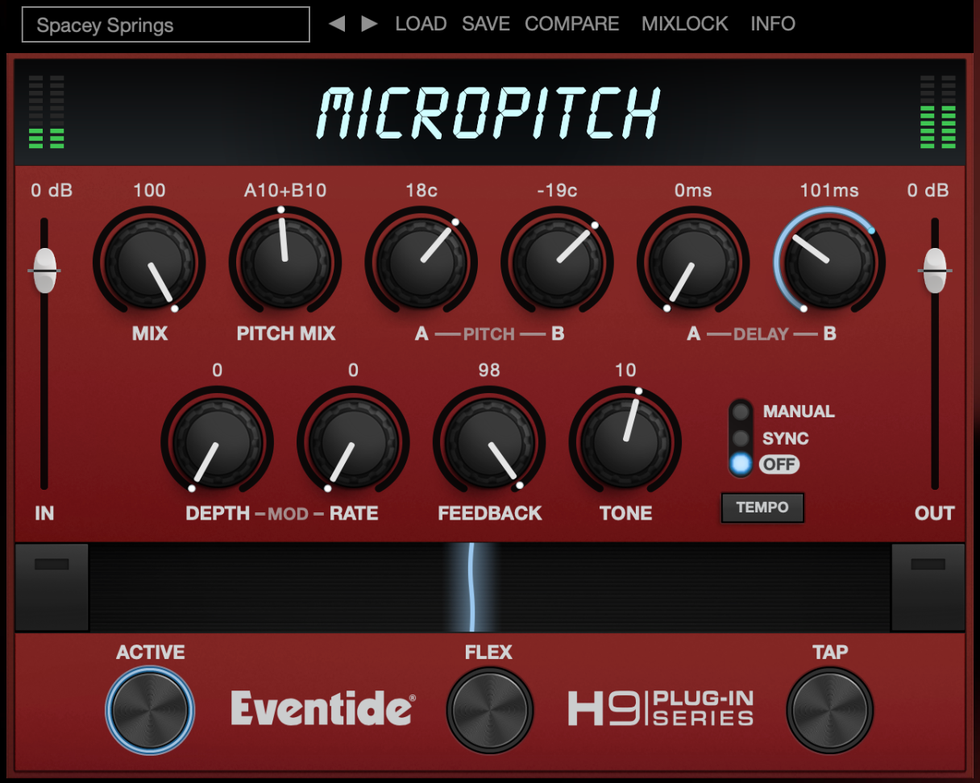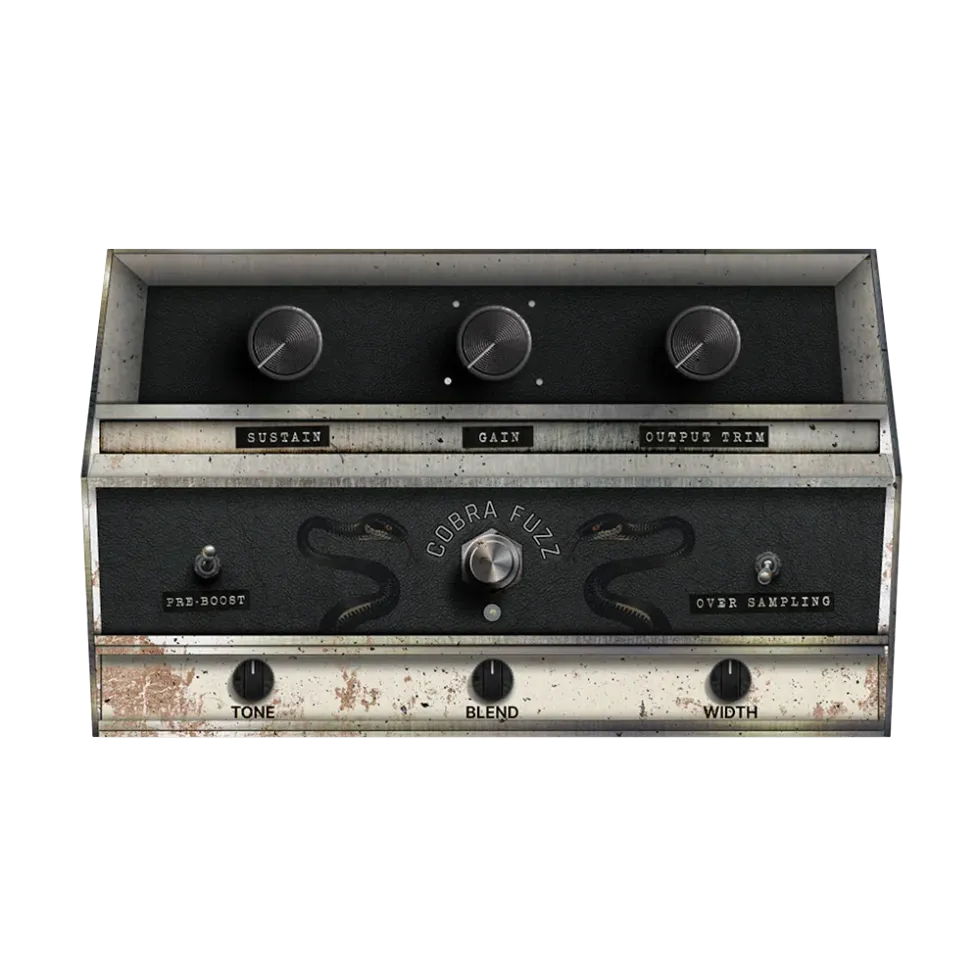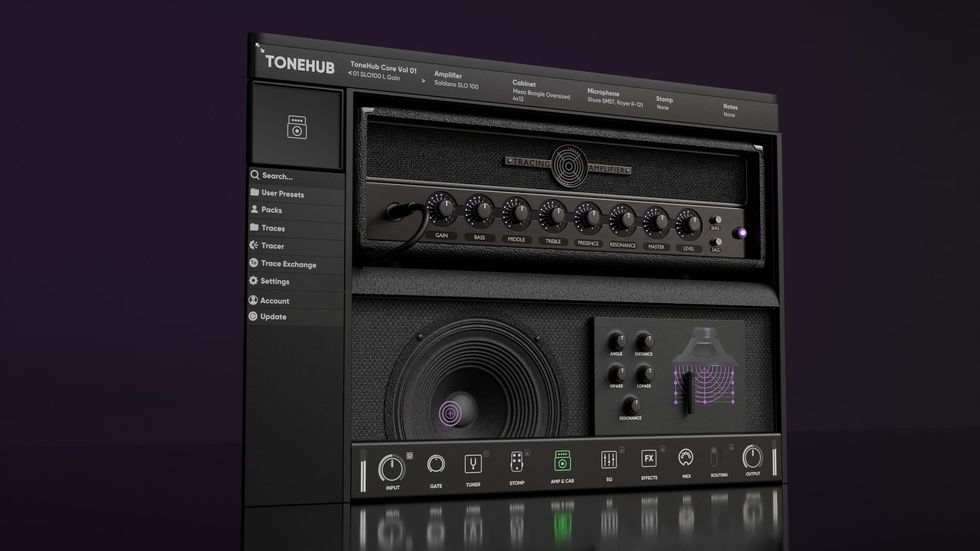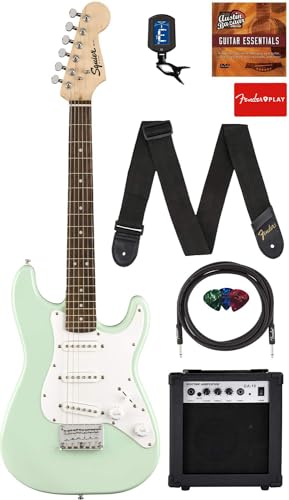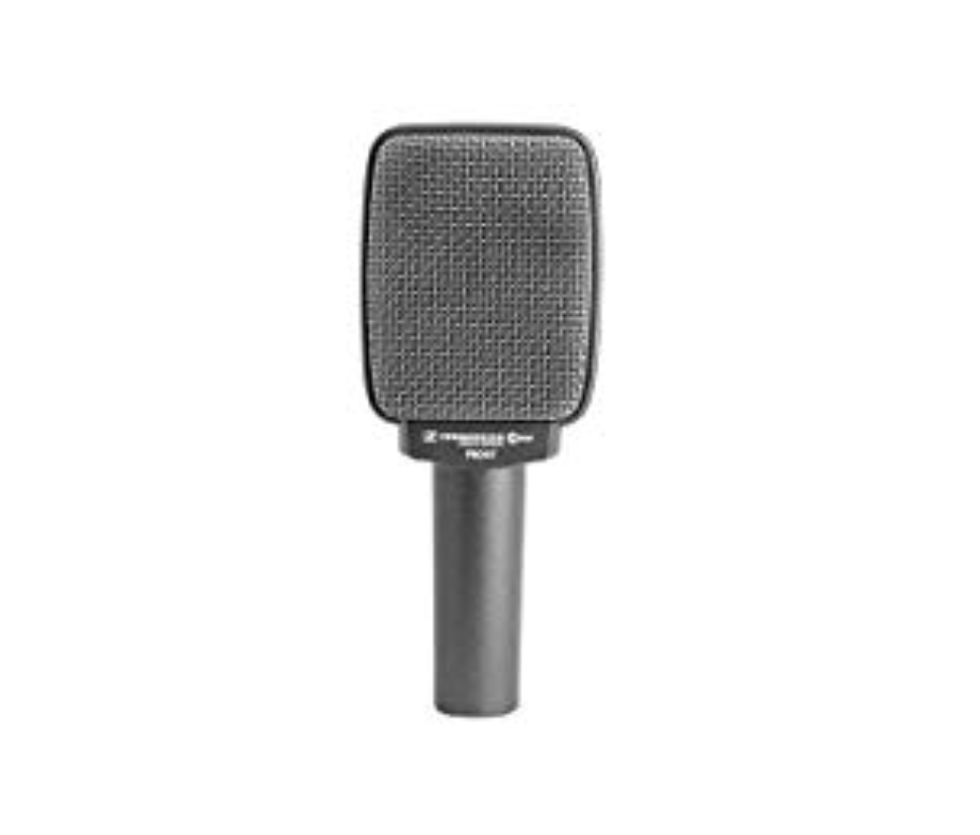I've kept a keen eye on affordable wireless systems since the late ’90s, when I first decided to go cable-free. The latest entry is Fishman’s look-ma-no-cables debut, the AirLock Wireless GT. It’s an appealing and compact system. There’s a 3.5" x 2.5" receiver that plugs directly into a pedalboard or amp and a 3" x 2" transmitter that plugs into your guitar jack, so size-wise it’s comparable to Line 6’s G30. Like that device, it also has cable tone settings, with positions that replicate the effect the capacitance of 3-meter, 5-meter, and 10-meter cables have on a guitar’s sound.
The kit comes in an 8" x 5" x 3" molded carrying case that includes a Y charging cable to juice up the transmitter and receiver via a single USB out, and a USB data cable. A 5-minute charge gets you two hours of playing time, but a full charge can last for 9 to 10 hours, according to Fishman. There is also a USB power supply that's sold separately, plus the GT can take a barrel pin connector for more permanent pedalboard installs. That’s a lot of options for power.
The transmitter also has a switch to combat frequency interference, with low, medium, and high settings. The higher each setting goes, the higher the latency, but, again according to Fishman, the maximum latency is only 4.9ms, which is, essentially, undiscernible. I certainly could not detect any while I played.
Firing up the AirLock Wireless GT was effortless. The devices are pre-paired and connected instantly every time. The transmitter and receiver also felt very secure when plugged into the inputs of my guitar and my pedalboard, and both devices feature the sam articulating plug, so it’s easy to plug securely into a variety of input-jack styles.
True Tone
Where the AirLock really shines is fidelity, and the cable tone settings are a big part of this device’s overall sonic picture. I loved how sparkling and alive my guitar sounded with the cable tone set at 3 meters: harmonically rich and vibrant in a way my current wireless setup doesn't quite achieve. Honestly, I felt the Wireless GT’s interior circuitry improved my natural tone. With the setting at 5 meters, I heard some loss of high end more like what I’m used to in cost-efficient wireless units. But I also find the resulting darkness and midrange focus appealing, since I typically shoot for a warm, burnished, mid-focused sound. At 10 meters, there was a bit too much detail loss for my tastes, but as always with guitar tones, each individual player’s preferences will out.
The hitch for me was range. While Fishman promises 120 feet under what it refers to as “spin range” conditions (essentially taking a spin around the venue while playing with a lot of energy) and promises that “line-of-sight” is not required, I experienced some dropouts walking just two rooms away from the receiver in my home. When I wandered outside the sound became intermittent at about 50 feet. Granted, there was a wall with a window and a door between me and the receiver, but I’ve gone well over 100 feet off stage in a club and outside into the street, with the signal sustained through a brick wall with glass windows and a door, with my current wireless, which falls in the same price range. Your results may vary.
The Verdict
While my experience with the AirLock Wireless GT’s range didn’t match Fishman’s testimonial, the unit’s price, sound quality, ease of use, and small size is wildly appealing, and I would not hesitate to use it on a large stage or in a space where line of sight is not an issue. As a result, I would urge guitarists looking to play untethered take it for a literal spin themselves.
